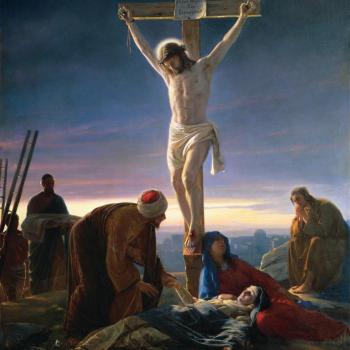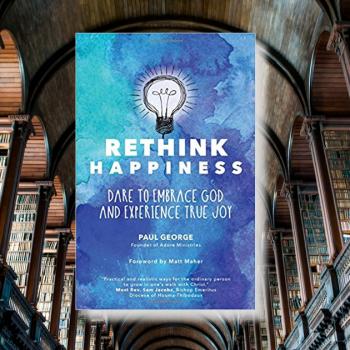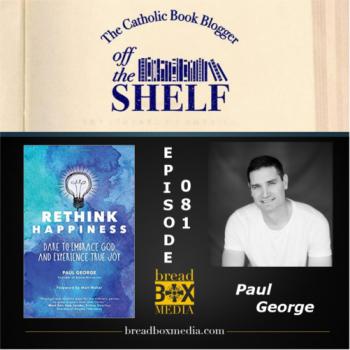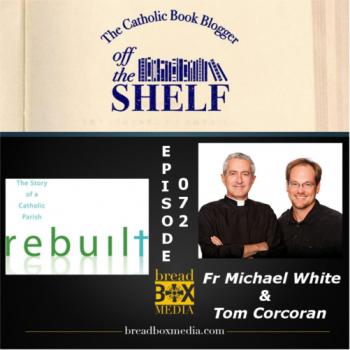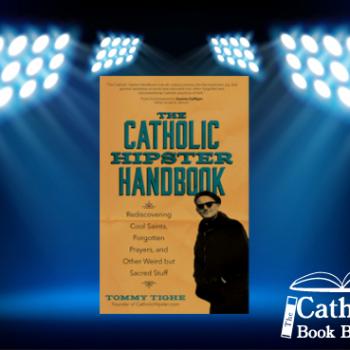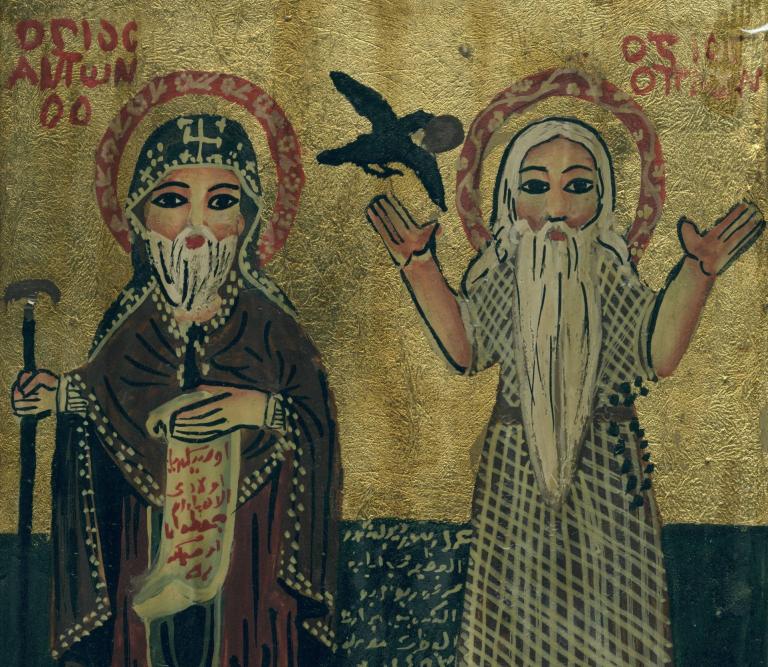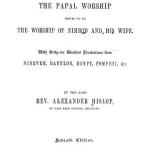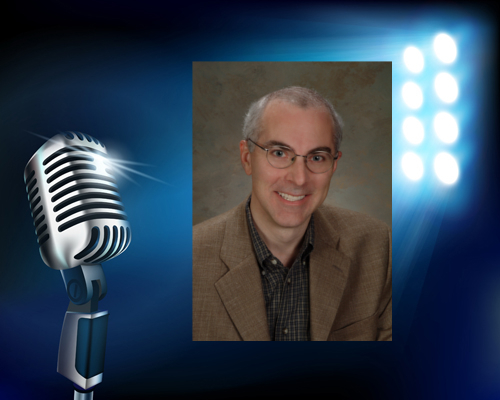 Stephen J. Binz is a biblical scholar, award-winning author of over 40 books, psychotherapist, and popular speaker, offering keynotes, seminars, and workshops at national and regional conferences and churches. Following graduate degrees at the Gregorian University, the Pontifical Biblical Institute in Rome, and Hebrew University in Jerusalem, he has developed Bible studies in the church for three decades and has offered numerous study trips and pilgrimages. His work is focused on biblical theology, Christian spirituality, and psycho-social issues of personal development. His books have earned top publishing awards from the Association of Catholic Publishers and the Catholic Press Association. He lives with his wife Pamela in Baton Rouge, Louisiana. Information about his work is found a www.Bridge-B.com.
Stephen J. Binz is a biblical scholar, award-winning author of over 40 books, psychotherapist, and popular speaker, offering keynotes, seminars, and workshops at national and regional conferences and churches. Following graduate degrees at the Gregorian University, the Pontifical Biblical Institute in Rome, and Hebrew University in Jerusalem, he has developed Bible studies in the church for three decades and has offered numerous study trips and pilgrimages. His work is focused on biblical theology, Christian spirituality, and psycho-social issues of personal development. His books have earned top publishing awards from the Association of Catholic Publishers and the Catholic Press Association. He lives with his wife Pamela in Baton Rouge, Louisiana. Information about his work is found a www.Bridge-B.com.
PETE: What inspired you to combine East and West and make this incredible meditation resource Transformed by Gods Word?
STEPHEN BINZ: I have been writing and teaching about lectio divina for several years, showing how reading Scripture as God’s inspired word can be a transforming experience for a believer. I have also been fascinated for a long time by the spirituality of Eastern Christianity that is expressed in icons. But only recently, while teaching about the power of words and images in our Christian faith, did I discover that Scripture and icons are a perfect combination for deep and reflective meditation on God’s word. So I decided to publish something on this experience that has made such a difference both in my own prayer and in the life of those I teach.
PETE: Is it a coincidence that the twenty meditations in this book are based on the mysteries of the rosary?
STEPHEN BINZ: The twenty icons are found in the chapel of the Mary of Nazareth International Center, right across the street from the Basilica of the Annunciation in Nazareth. I discovered them while leading Holy Land pilgrimages, and I decided that they would be the perfect set of icons to include in this book. And yes, they correspond to the joyful, luminous, sorrowful, and glorious mysteries. They express the highlights of the gospels and some of the major feasts of Eastern Christianity.
PETE: Why is this style of meditation (lectio and visio) so important for one’s prayer life?
STEPHEN BINZ: The early Christians expressed the good news of Jesus Christ both in writing and in imagery. The words were written in ink on parchment in order to be proclaimed in the church’s liturgy. The images were painted on wood and plaster in order to form the sacred space for worship in house churches, shrines, and catacombs. This impulse of the early Christians to express God’s living word in both texts and images can enrich our own encounter with God in the inspired Scriptures. Pairing sacred texts and holy icons in our meditation and prayer can double the intensity and fruitfulness of that encounter.
PETE: What words of advice do you have for someone who might by intimidated by these odd Latin words lectio and visio? How can they begin their prayer journey?
STEPHEN BINZ: I decided to retain the Latin terms because they are not easily translated into English. Although lectio means reading, it is no ordinary reading. It is also listening carefully, using the words of St. Benedict, with “the ear of the heart.” And although visio means seeing, is it not just looking as spectators. It is gazing upon an image, as Paul says in Ephesians 1:18, with “the eyes of the heart,” quietly allowing the image to reveal its full meaning. I think the ancient Latin terminology is a reminder that we must not approach God’s living word in the same way we encounter written information or visual phenomena today. We must place ourselves outside of our contemporary culture to encounter ancient wisdom.
PETE: I thoroughly enjoyed this book and found it very helpful for daily prayer. Will there be a follow up containing different meditations perhaps?
STEPHEN BINZ: I hope so. We’ll see what kind of response this book receives. Currently I am working on a book that combines sacred Scripture and sacred music for prayerful meditation. The texts of Scripture have been put to music through the ages, but I am drawing upon the ancient traditions to show people how to encounter God’s word through both text and score, word and music.
PETE: This is your first time here at CBB and it is time for my popular signature ending question. This is a blog about books. What is currently on your bookshelf to read?
STEPHEN BINZ: I am trying to discern what I can contribute to the work of ecumenism, especially in light of the upcoming 500th anniversary of the Protestant Reformation in 2017. So I’m preparing to read Justification, by N.T. Wright, Getting the Reformation Wrong, by James R. Payton, Here I Stand, a biography of Luther by Roland H. Bainton, and collections by Timothy George called Evangelicals and Nicene Faith and Reading Scripture with the Reformers. While we Catholics believe that Protestants don’t understanding our beliefs and practices, I believe that the opposite is also true. When dealing with Protestant beliefs, we set up too many straw man arguments. In order to work toward unity, which we must if we follow Jesus, we’ve got to try to genuinely understand one another. As we work toward unity of Eastern and Western Christianity, we must also seek to unify the tragically splintered Christianity of the West.





